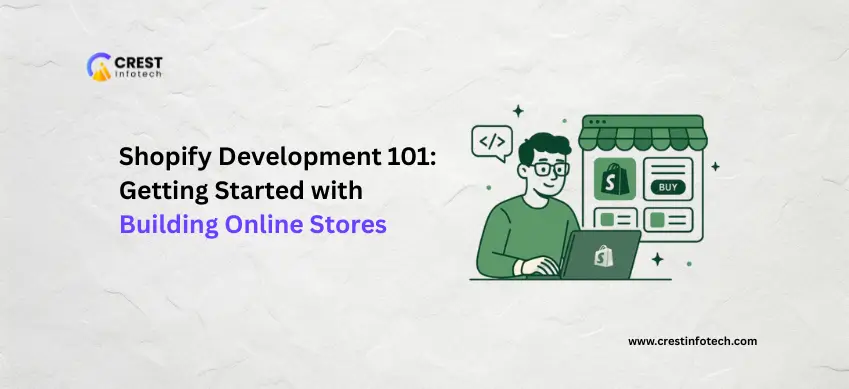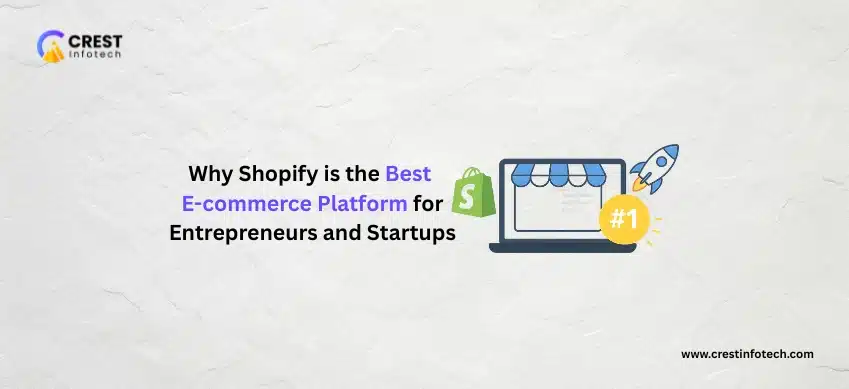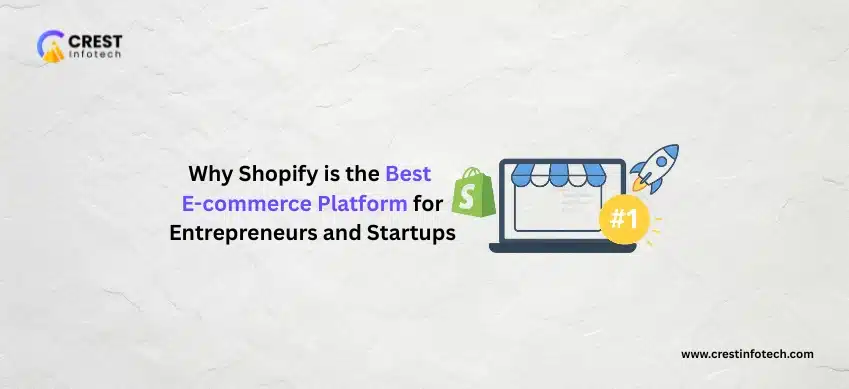In the rapidly evolving world of eCommerce, Shopify stands out as one of the most accessible and scalable platforms for launching an online store. Whether you’re a developer looking to offer Shopify services or a business owner hoping to customize your store, this guide will walk you through the essentials of Shopify development.
Why Choose Shopify?
Shopify is a hosted eCommerce solution that allows you to set up, manage, and grow your online store without needing to build everything from scratch. Here’s why developers and merchants love it:
-
User-friendly interface
-
Robust theme and app ecosystem
-
Built-in payment and shipping integrations
-
Mobile responsiveness out of the box
-
Developer-friendly tools (Shopify CLI, Liquid, GraphQL API)
1. Understanding Shopify’s Architecture
Before diving into development, it’s important to understand how Shopify is structured:
-
Themes: These control the design and layout of your store. Shopify uses its own templating language called Liquid.
-
Apps: Add custom functionality using Shopify’s API.
-
Storefront and Admin APIs: For building custom storefronts or admin tools.
-
Shopify CLI: A command-line tool that helps you scaffold themes, work with themes locally, and deploy changes.
2. Setting Up Your Development Environment
To get started with Shopify development:
Tools You’ll Need:
-
Shopify Partner Account: Create one for free to access development stores.
-
Development Store: A test store you can build on without paying for a Shopify plan.
-
Shopify CLI: For working with themes and extensions.
-
Code Editor: VS Code is popular among developers.
-
GitHub (optional): For version control and collaboration.
Installation:
Follow Shopify’s official CLI installation guide to get started.
3. Working with Themes
Themes determine how your store looks and feels. Shopify themes are made up of:
-
Liquid files (
.liquid) -
CSS/SCSS for styling
-
JavaScript for interactivity
-
JSON templates for flexible section-based layouts
Start with Dawn
Dawn is Shopify’s reference theme and a great starting point for learning how modern themes are structured.
.shopify theme init
This command lets you choose Dawn or another theme to use as your starting template.
4. Customizing the Store
Here’s how you can start customizing:
-
Edit Liquid templates: Control content and structure
-
Use Sections and Blocks: For flexible content editing in the admin
-
Add Custom Apps: Build or install apps to extend functionality
-
Leverage Metafields: Store custom data on products, collections, etc.
5. Testing and Deployment
Before going live:
-
Test Responsiveness: Make sure your store works on all screen sizes.
-
Check Performance: Use Shopify’s built-in speed report and tools like Google PageSpeed Insights.
-
Publish Your Theme: Once ready, use
shopify theme pushto deploy changes.
6. Keep Learning
Shopify development is constantly evolving. Here are some ways to stay up to date:
-
Follow Shopify Dev on X
-
Join the Shopify Community
-
Read the Shopify Dev Docs
Final Thoughts
Getting started with Shopify development is easier than ever, thanks to its intuitive tools and vast developer community. Whether you’re designing a simple store or building a custom app, mastering the basics of Shopify opens the door to a thriving eCommerce ecosystem.



